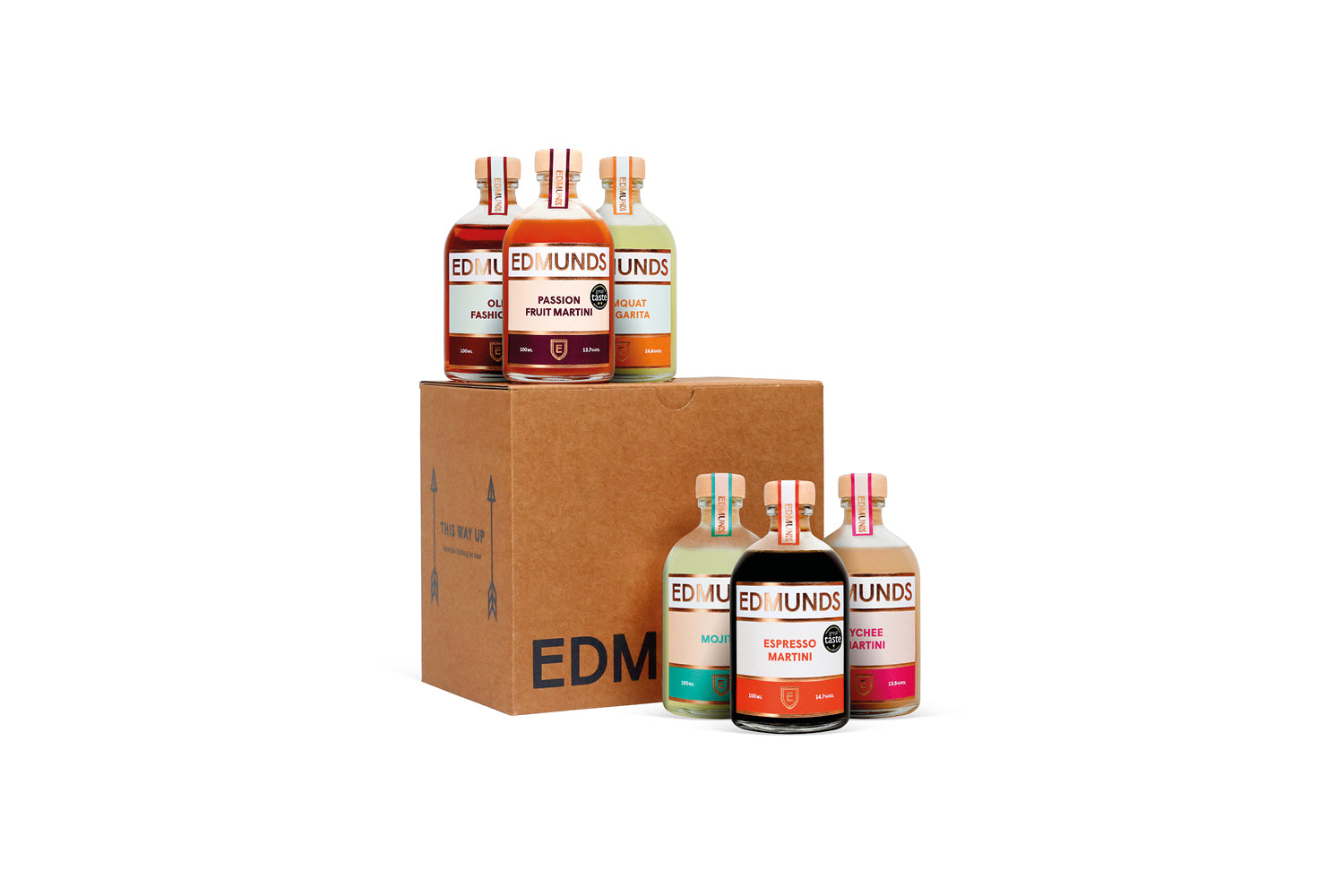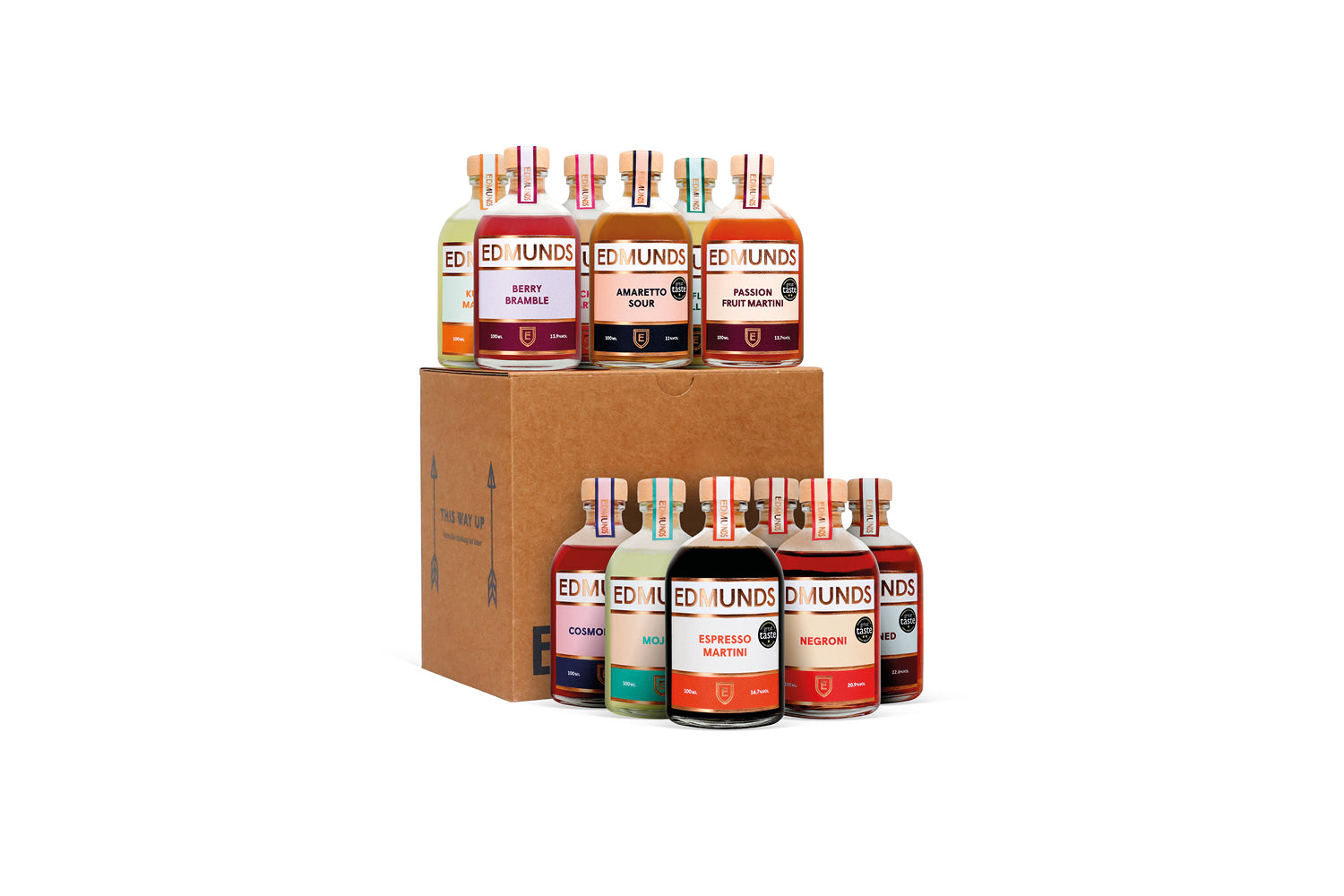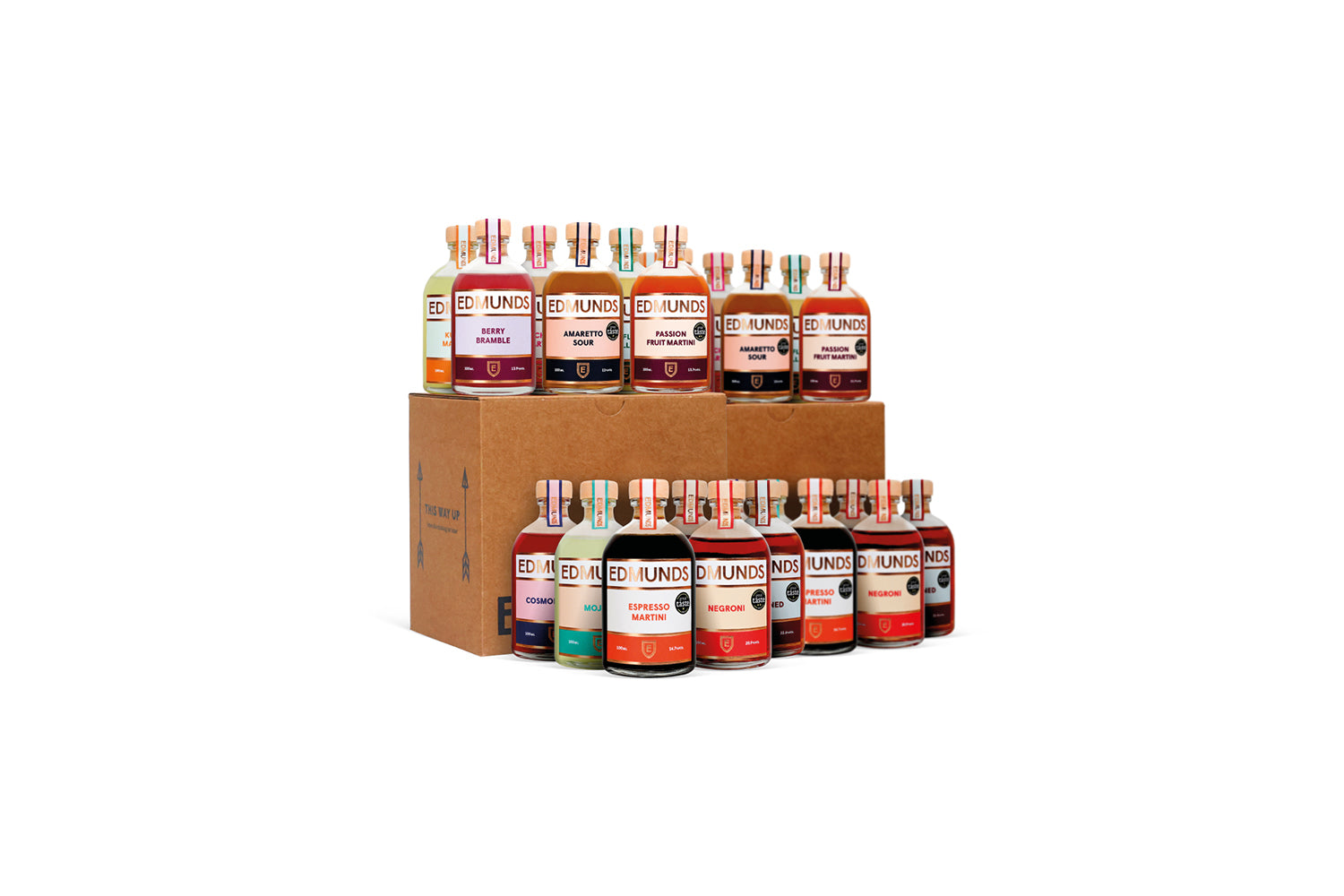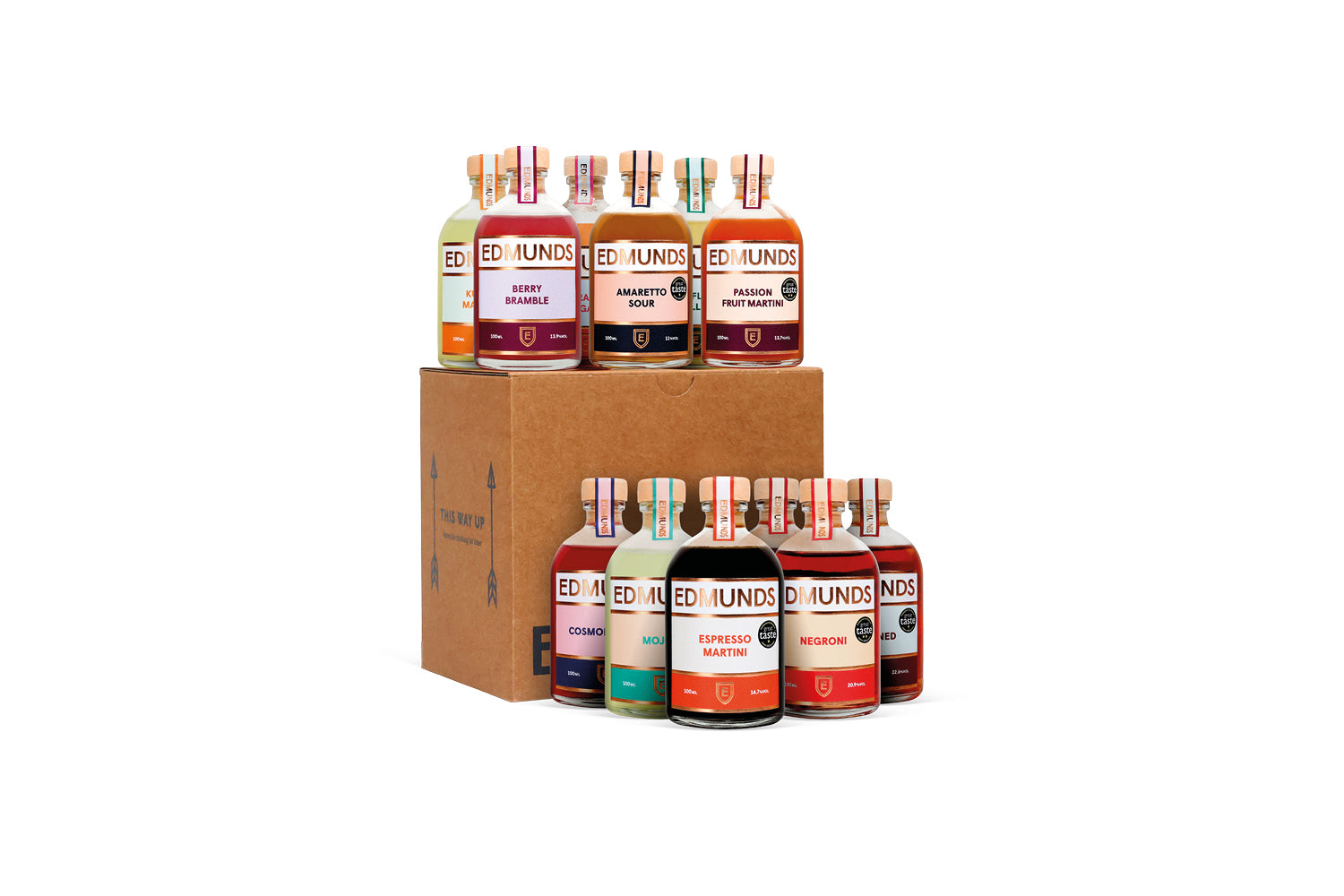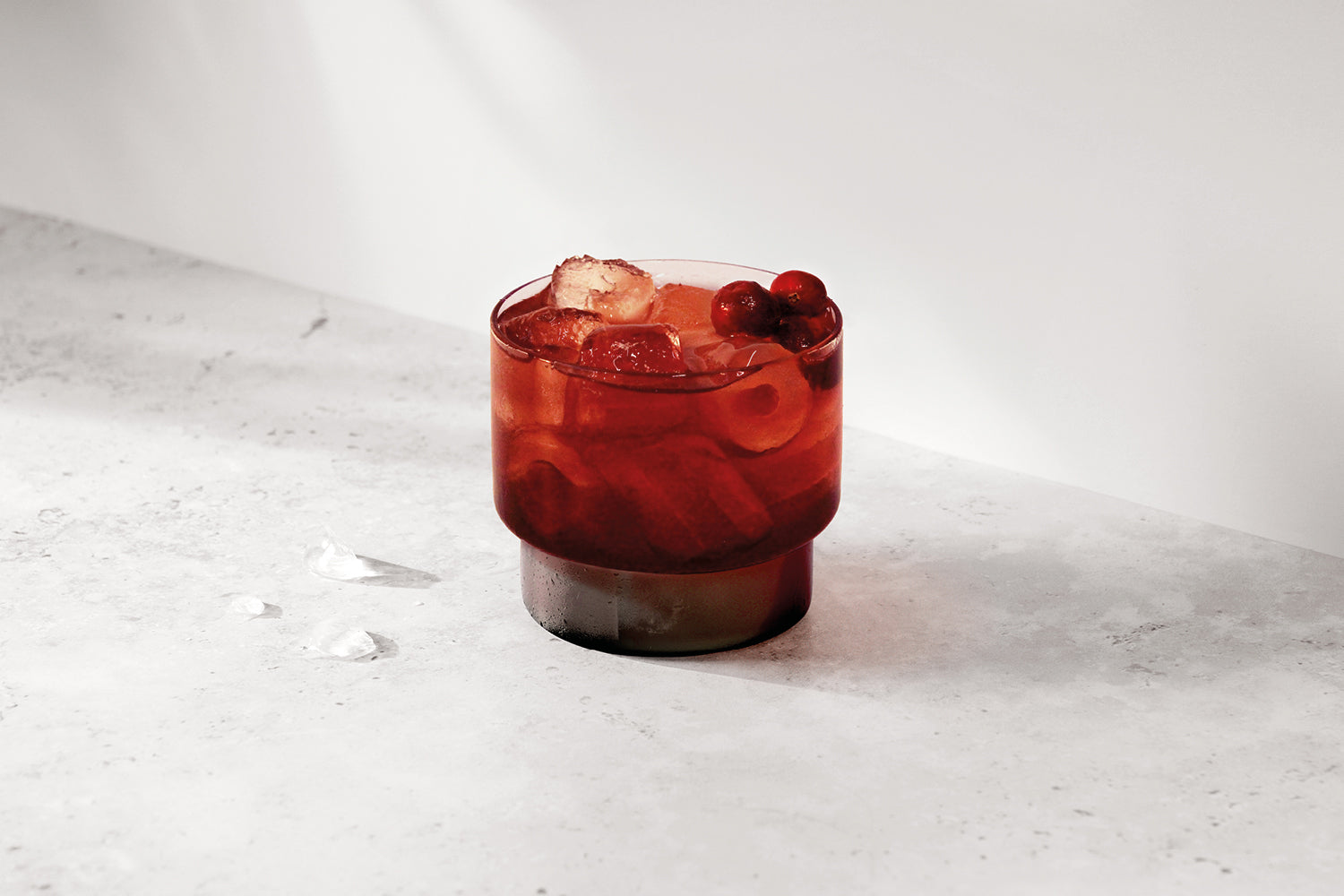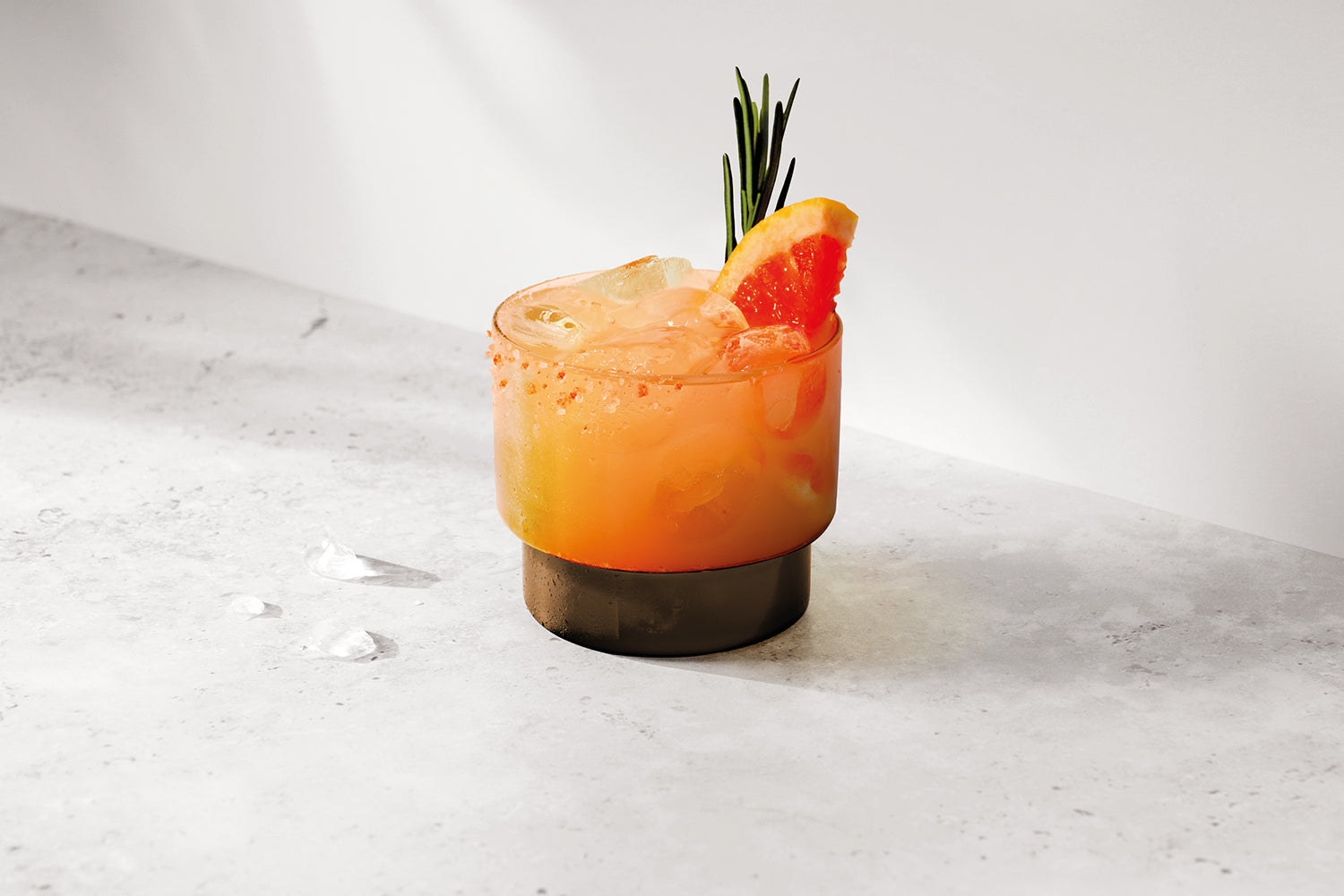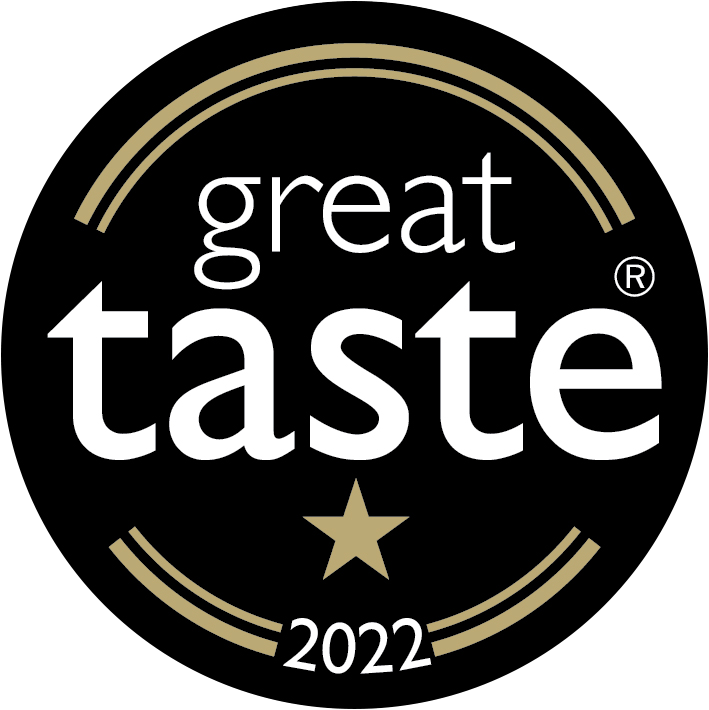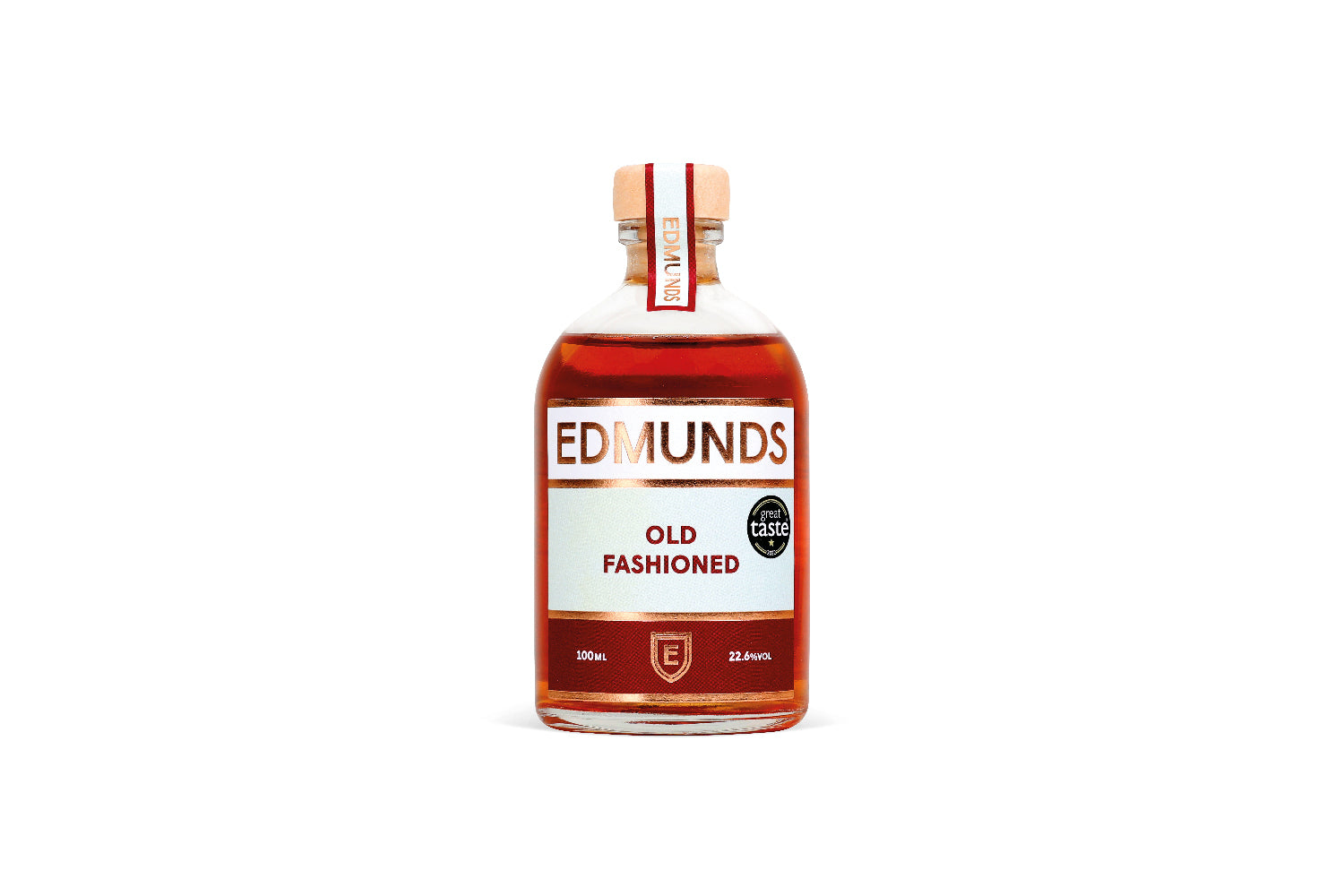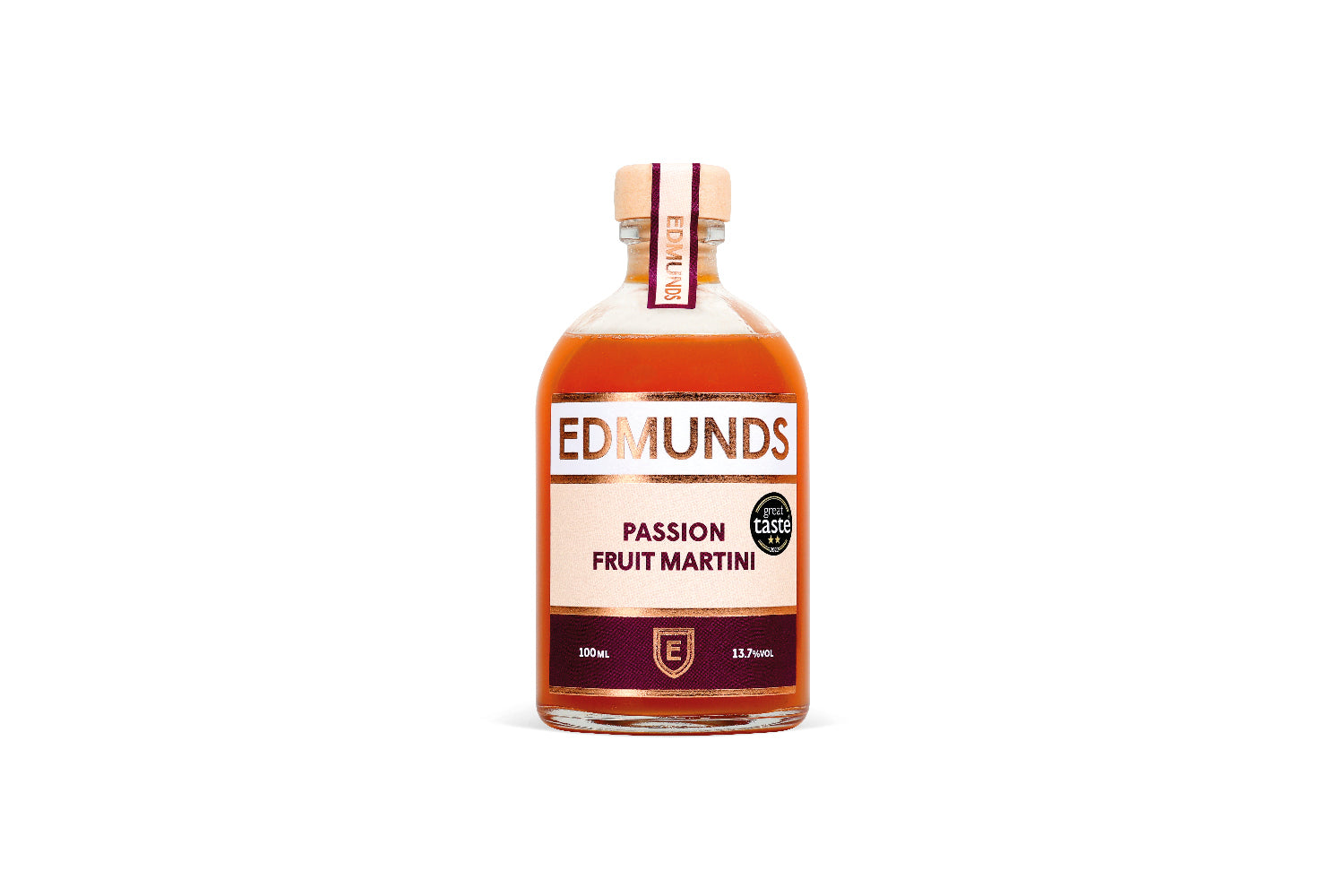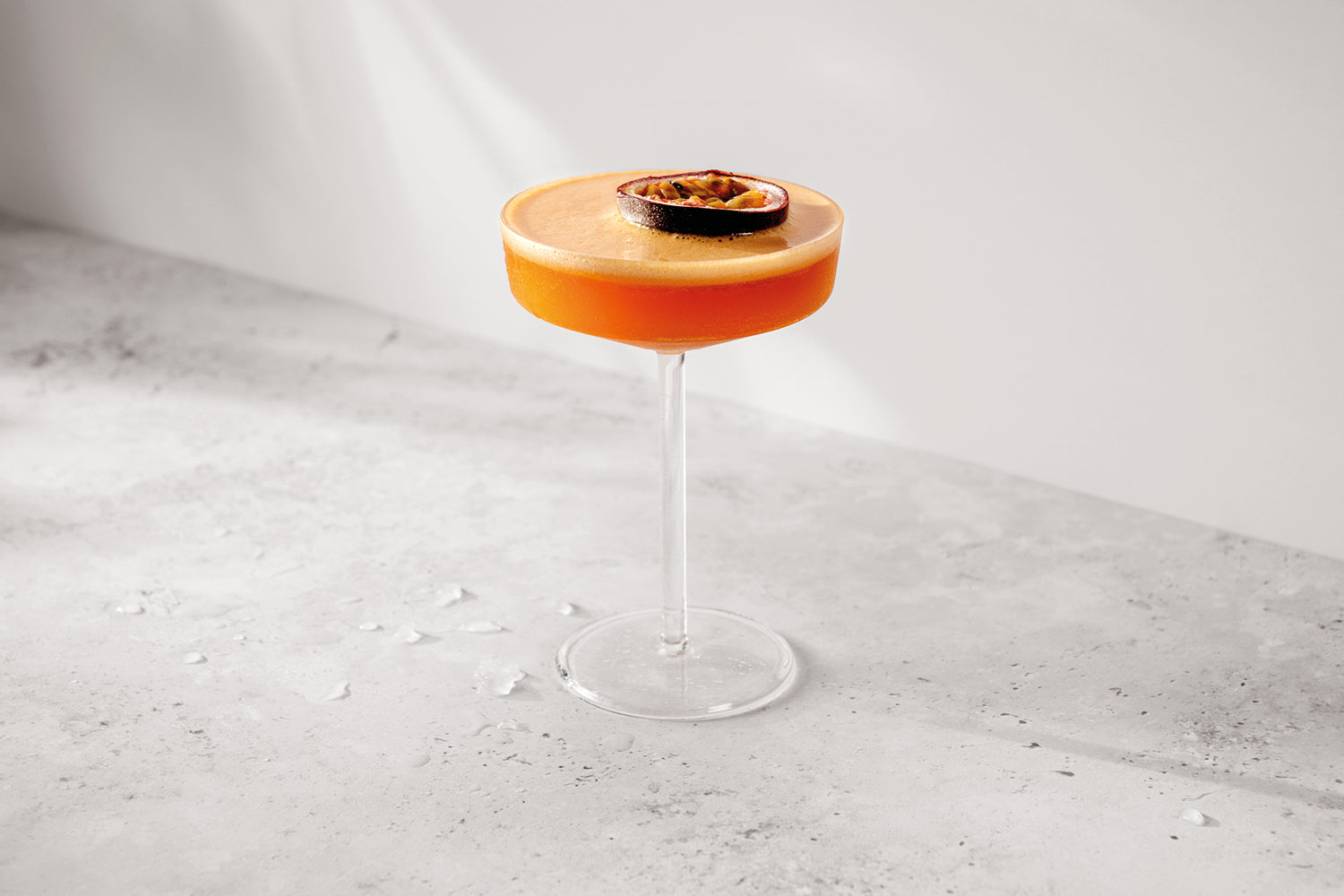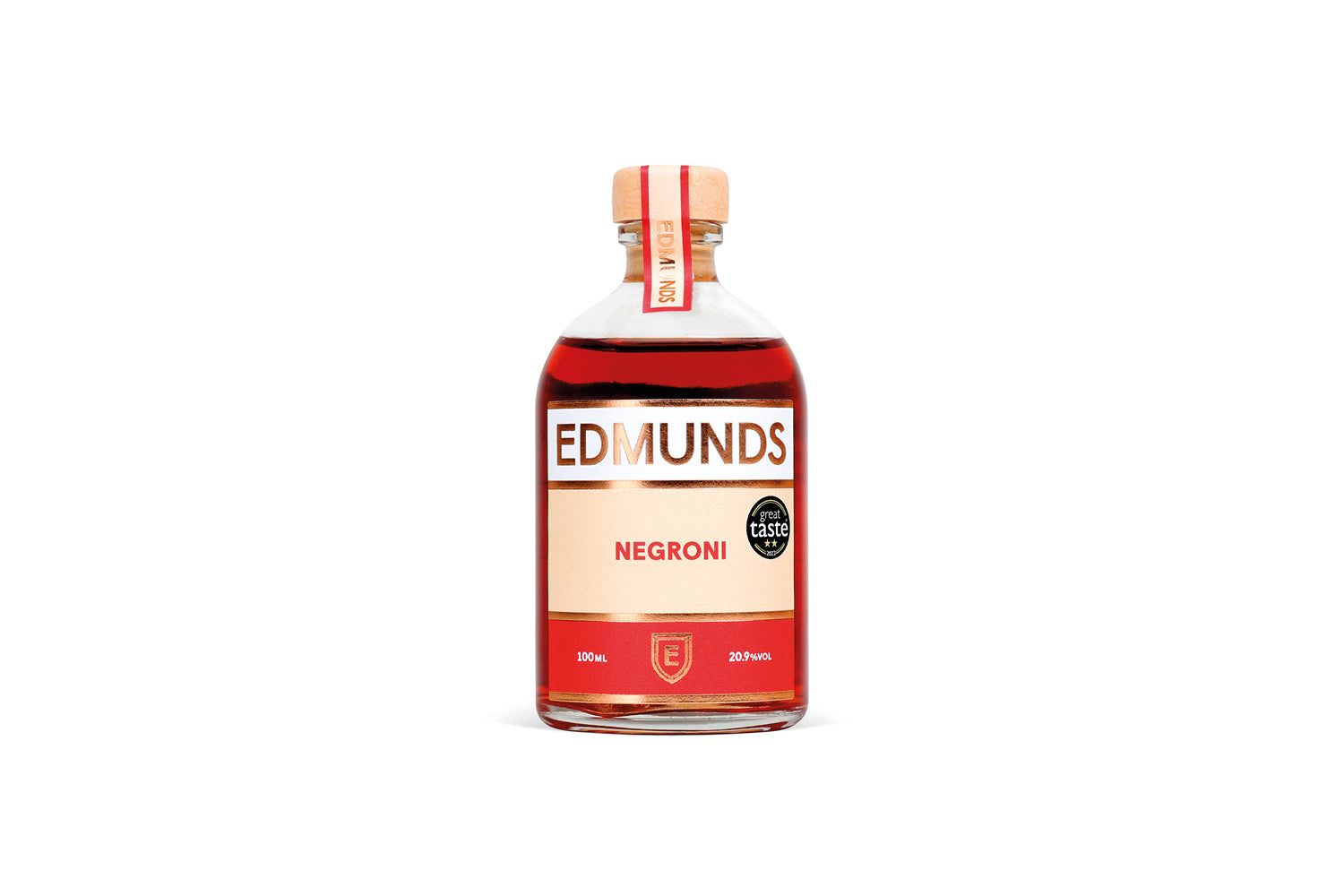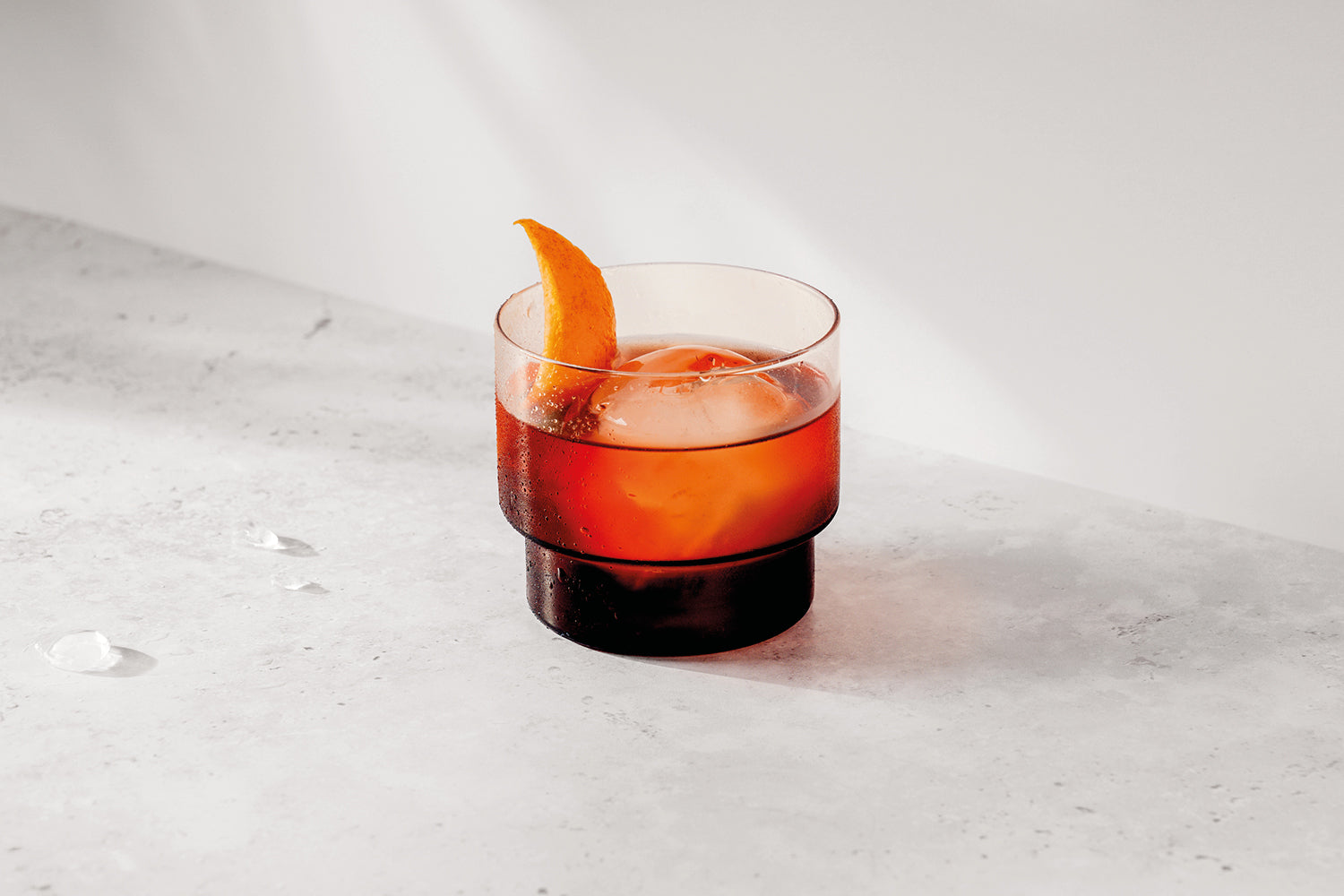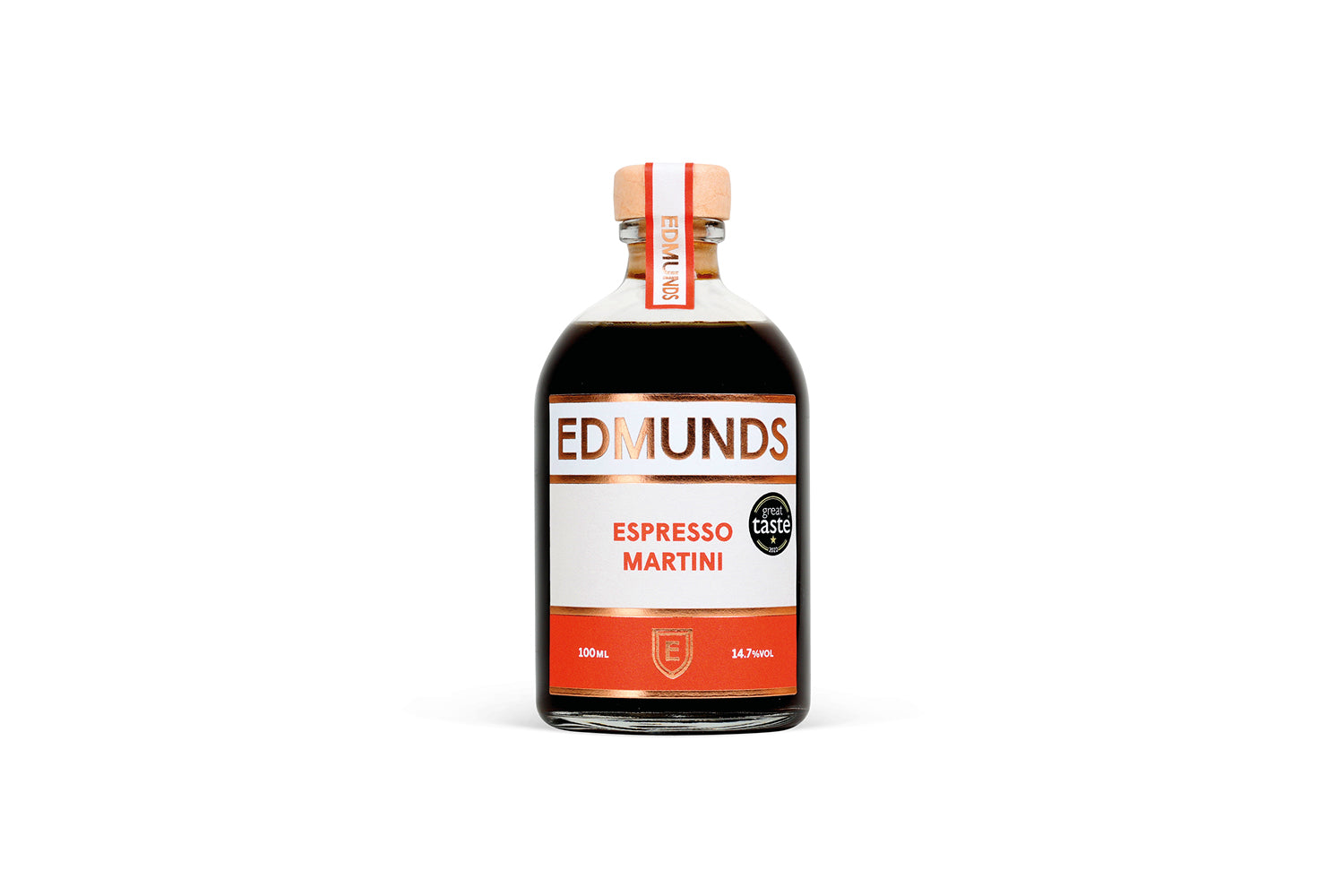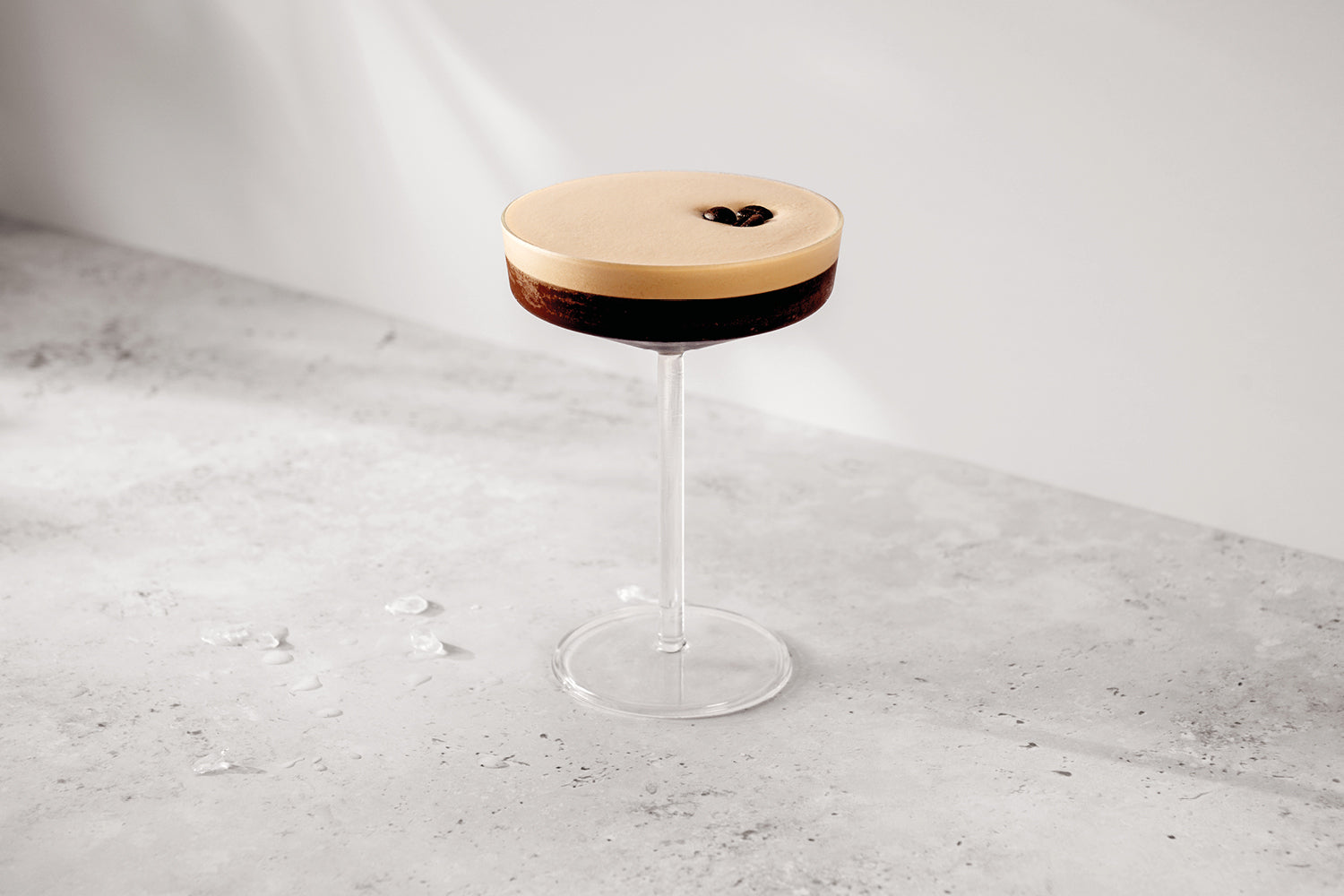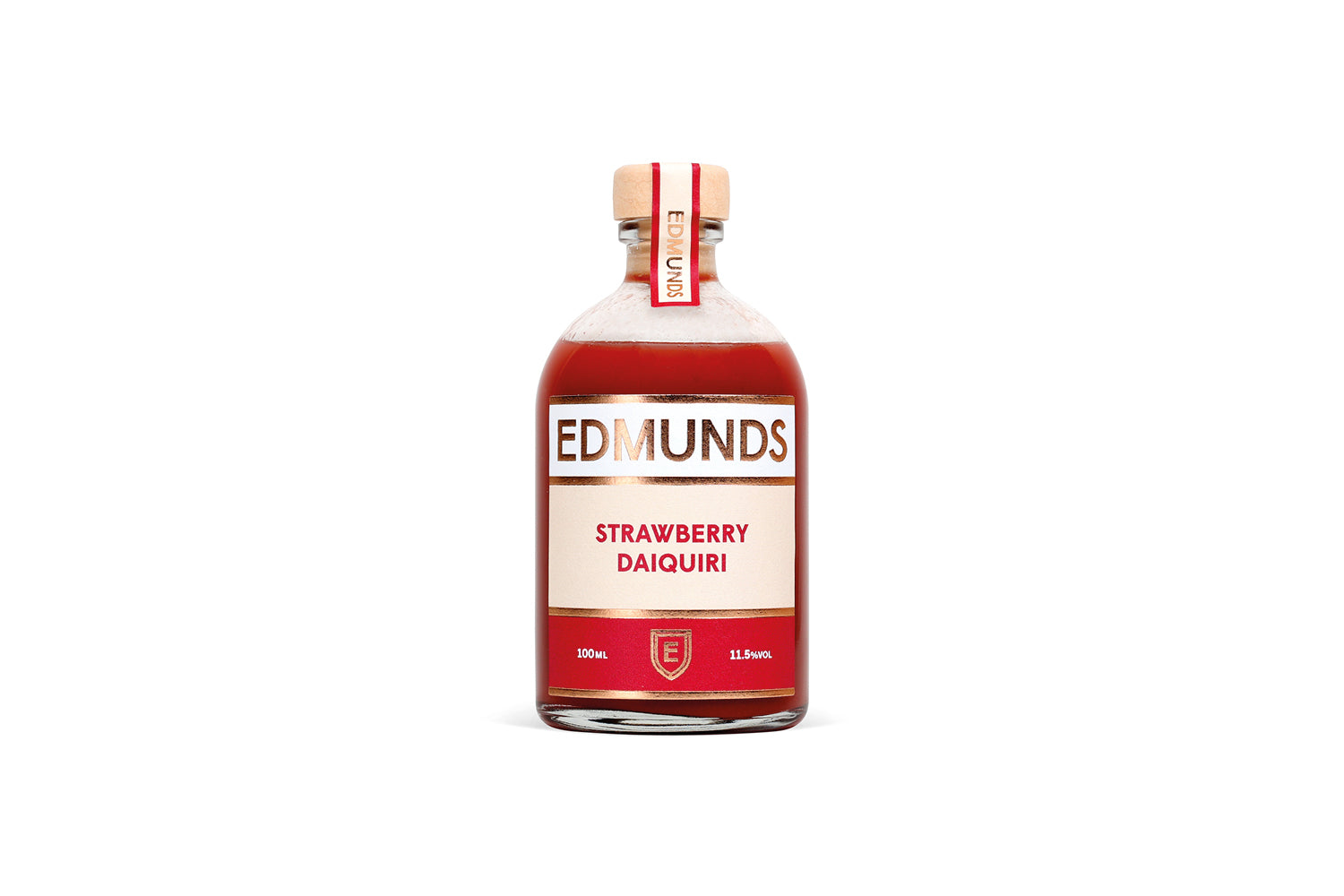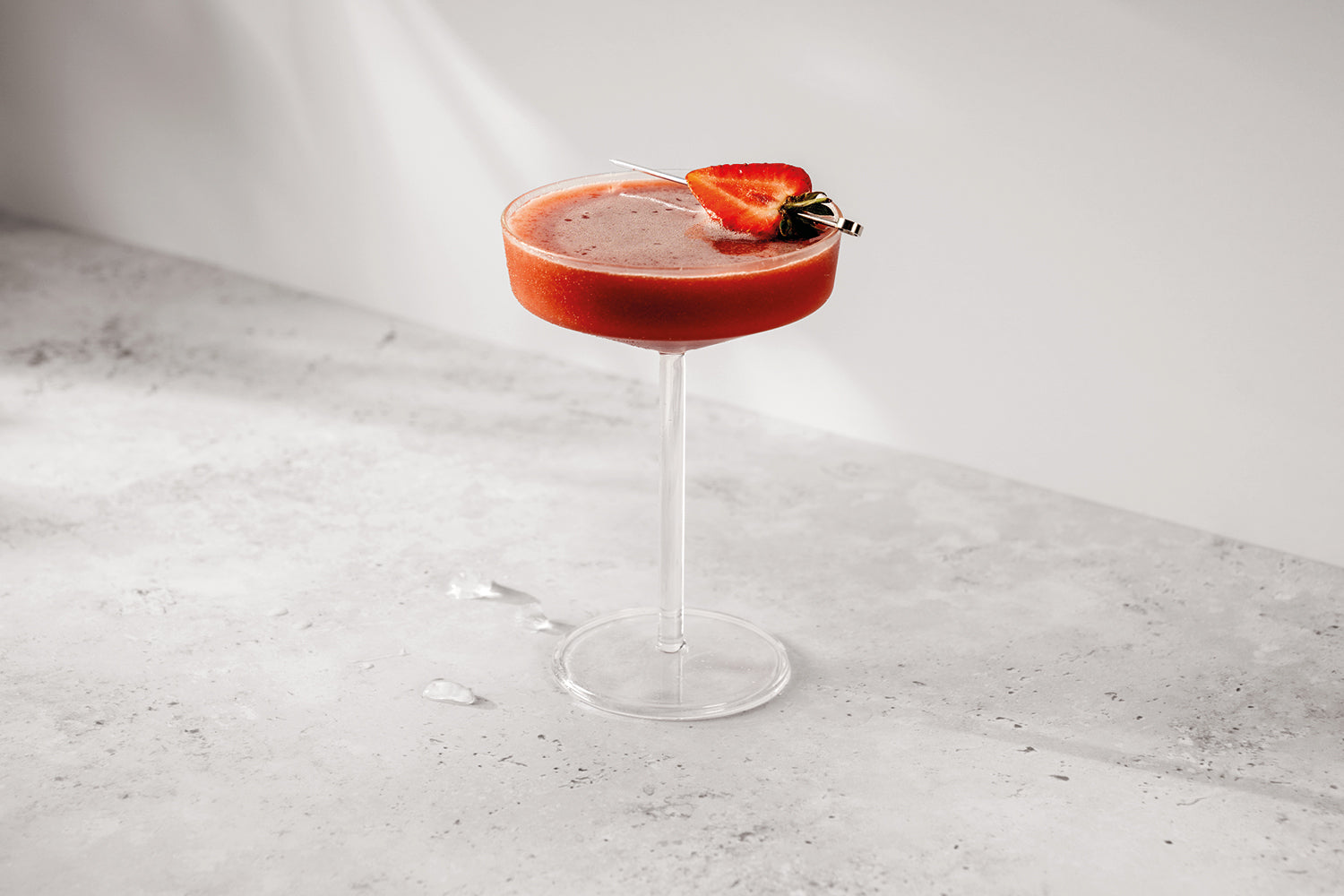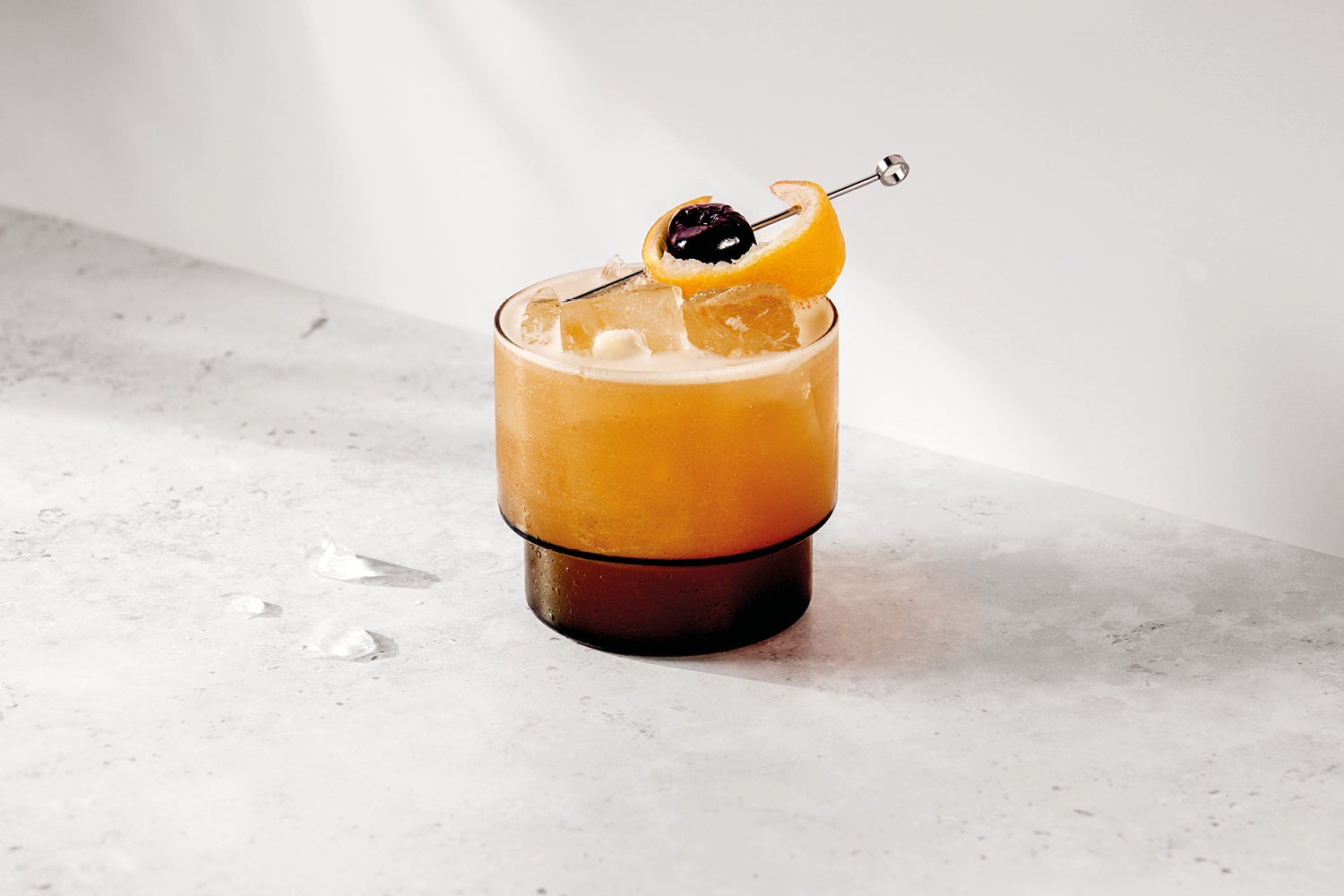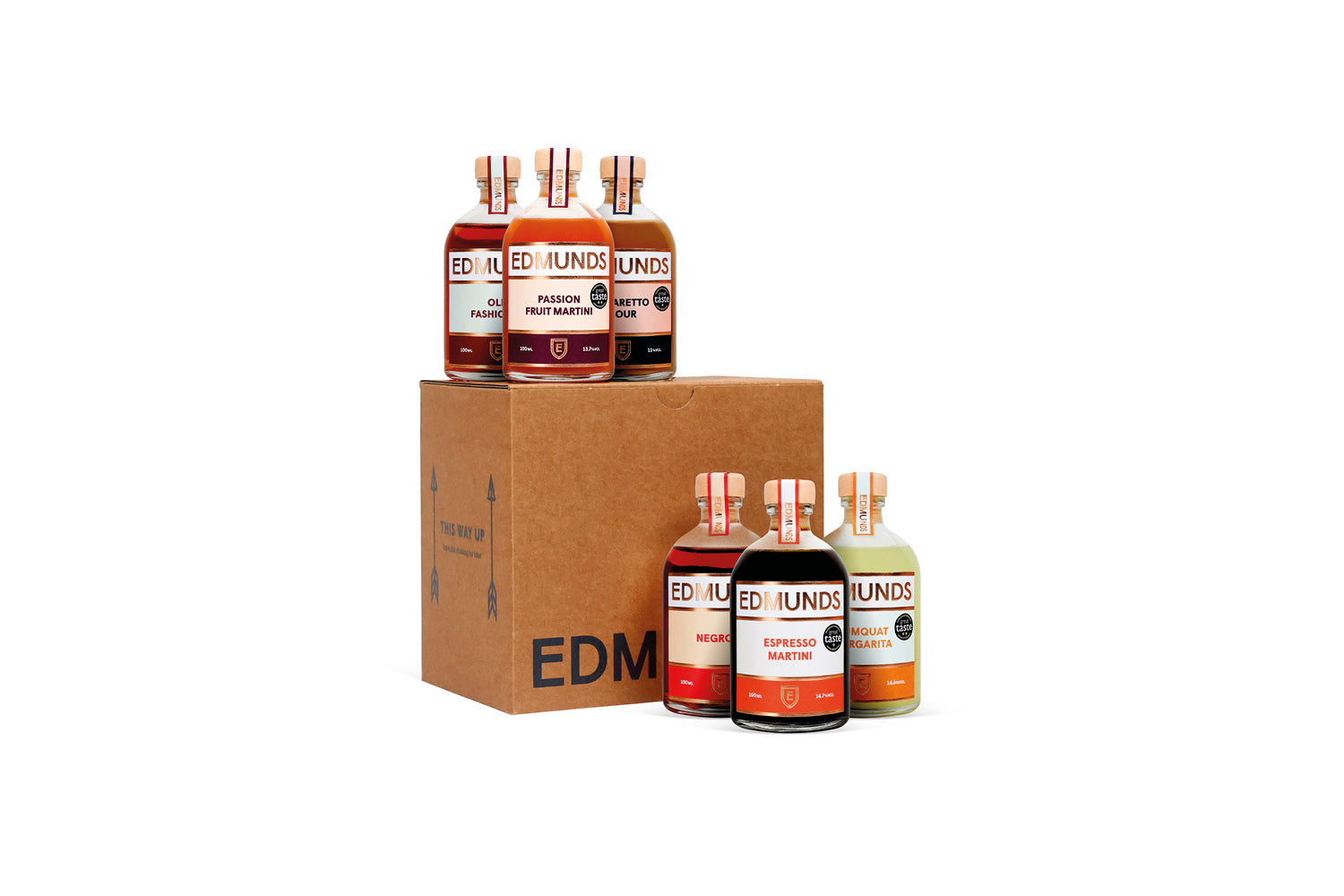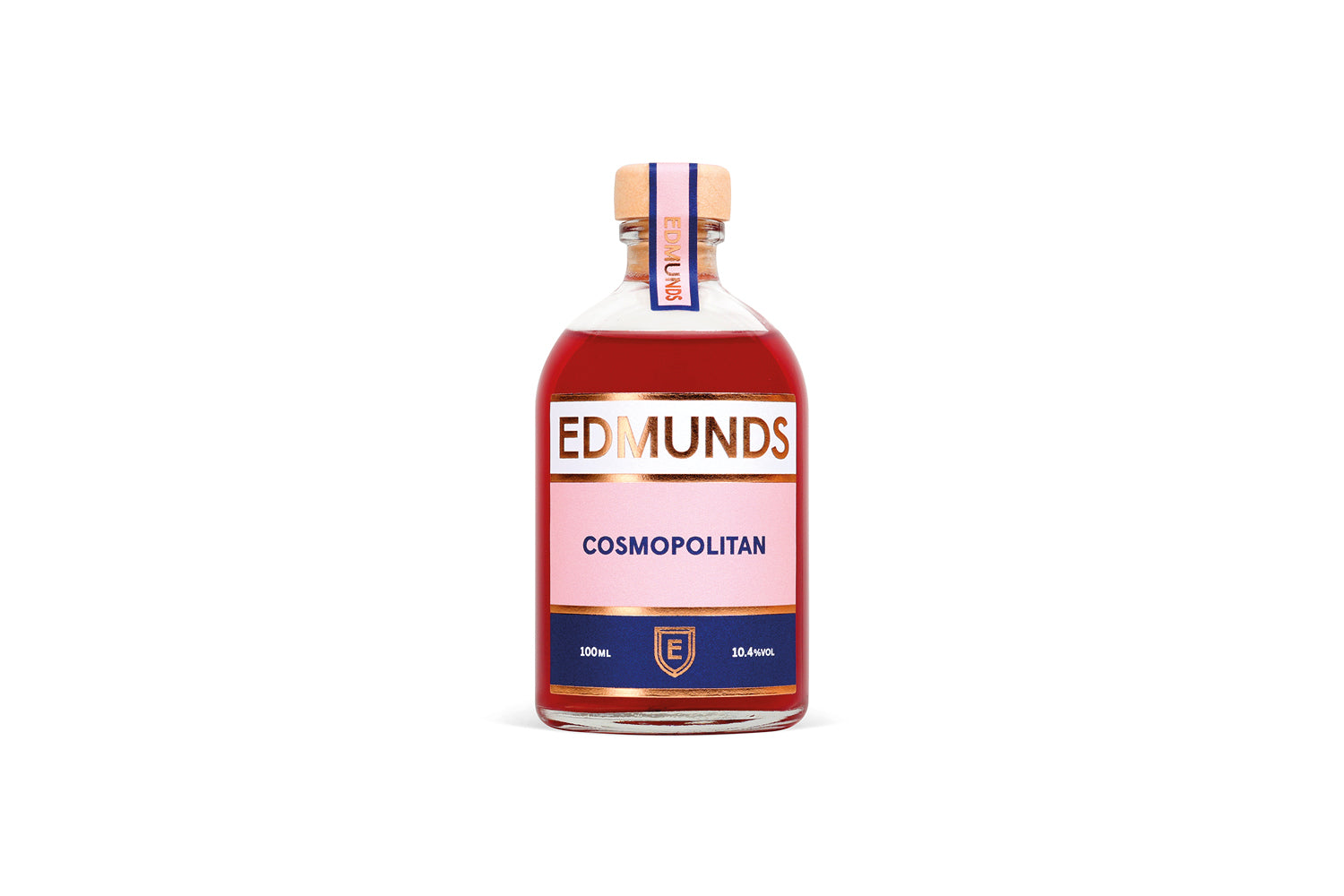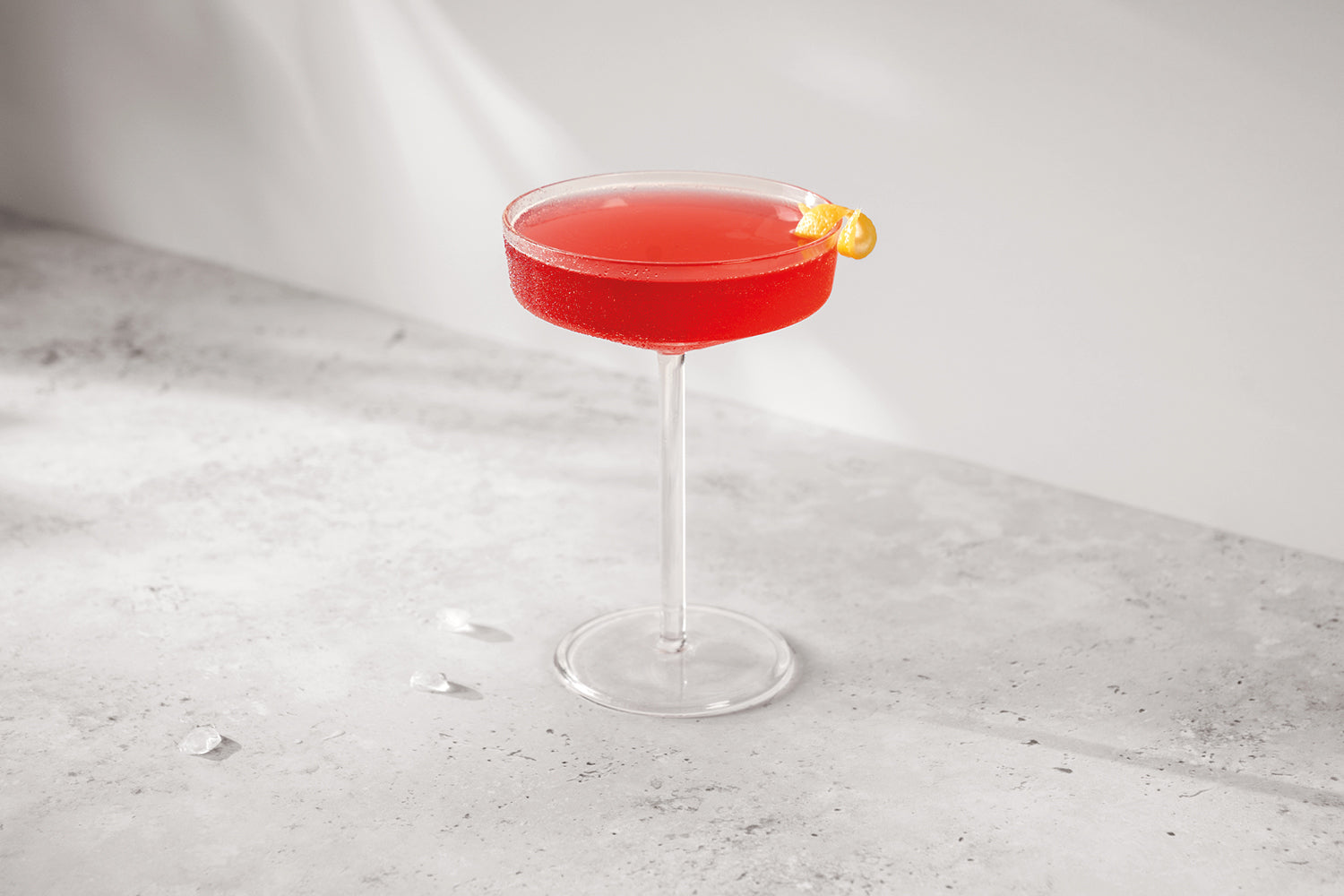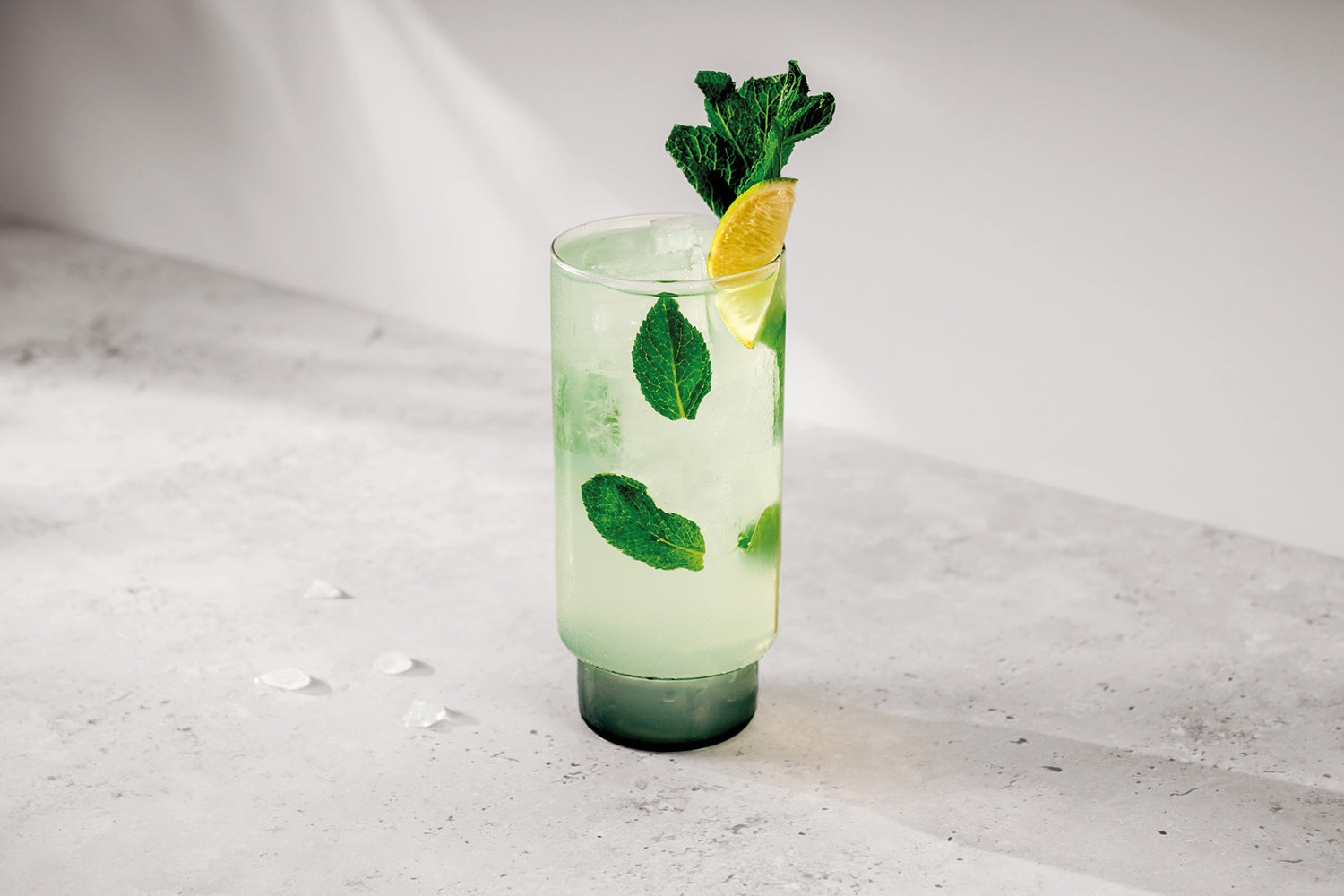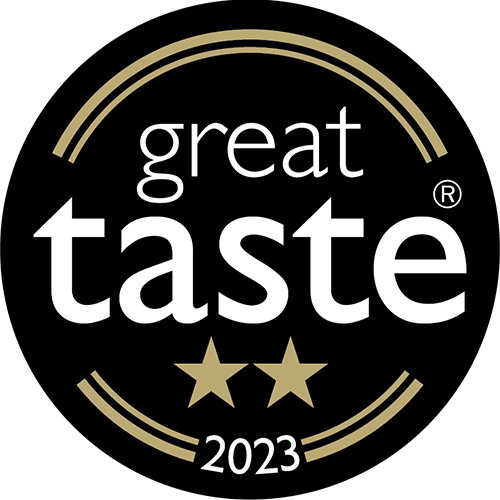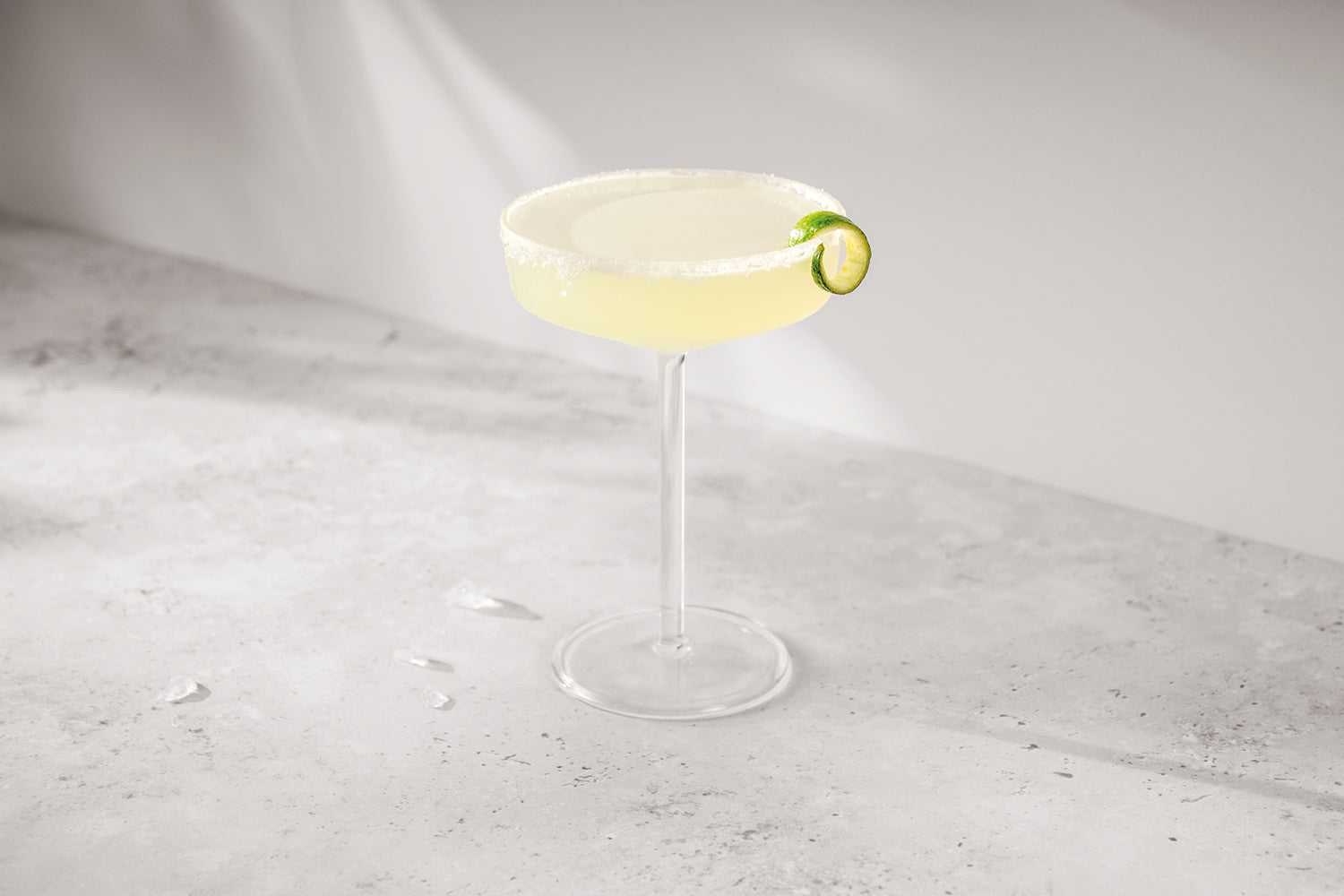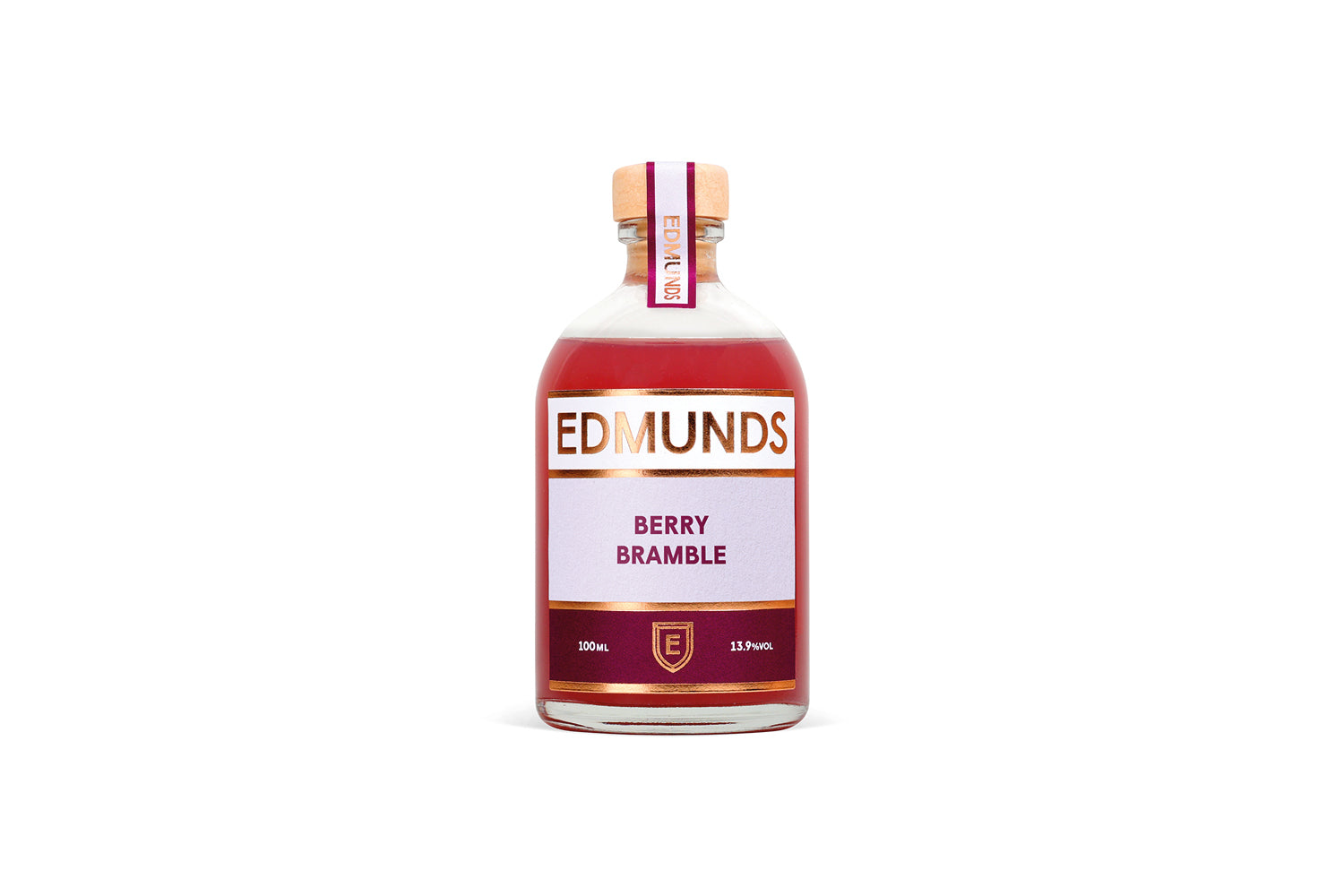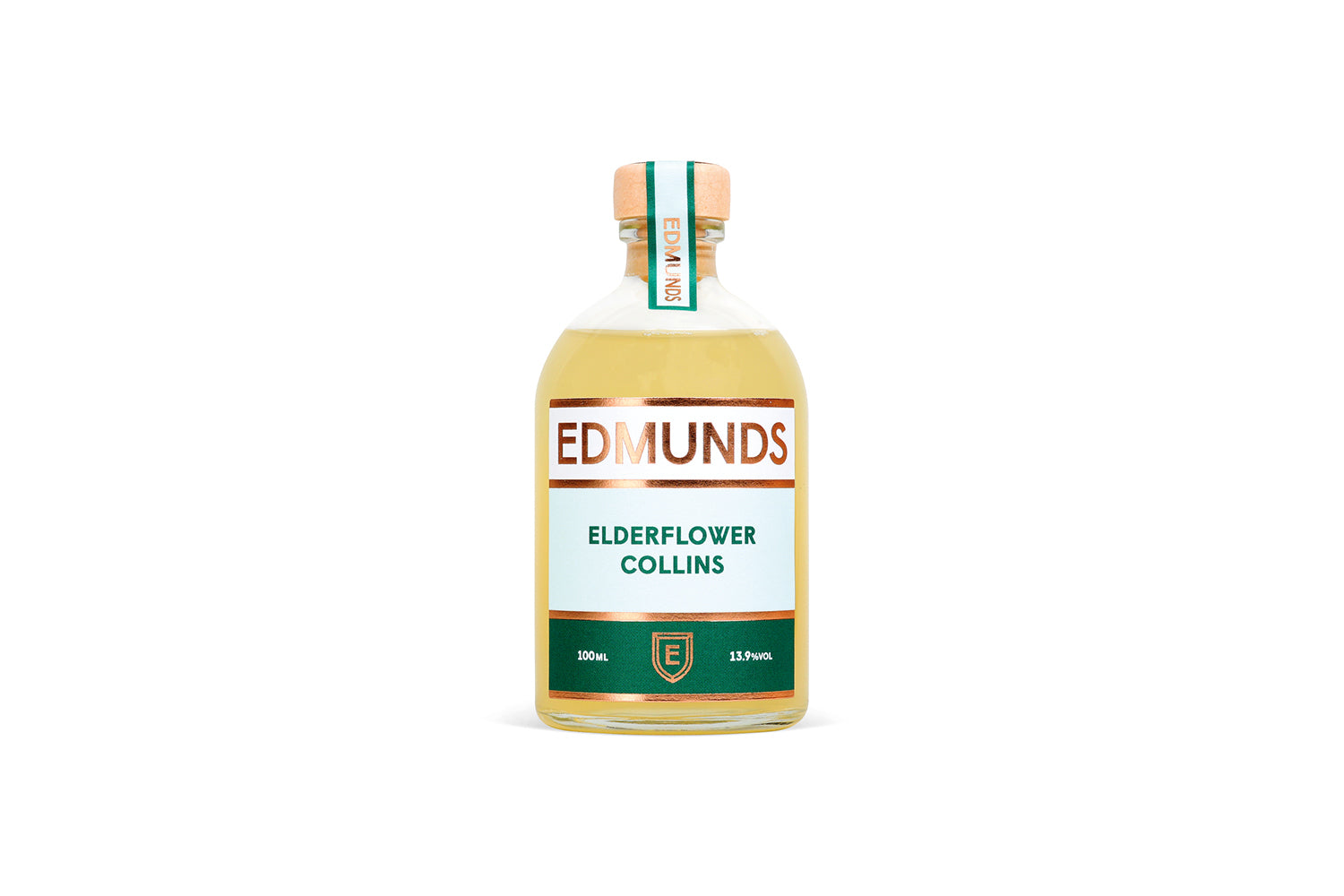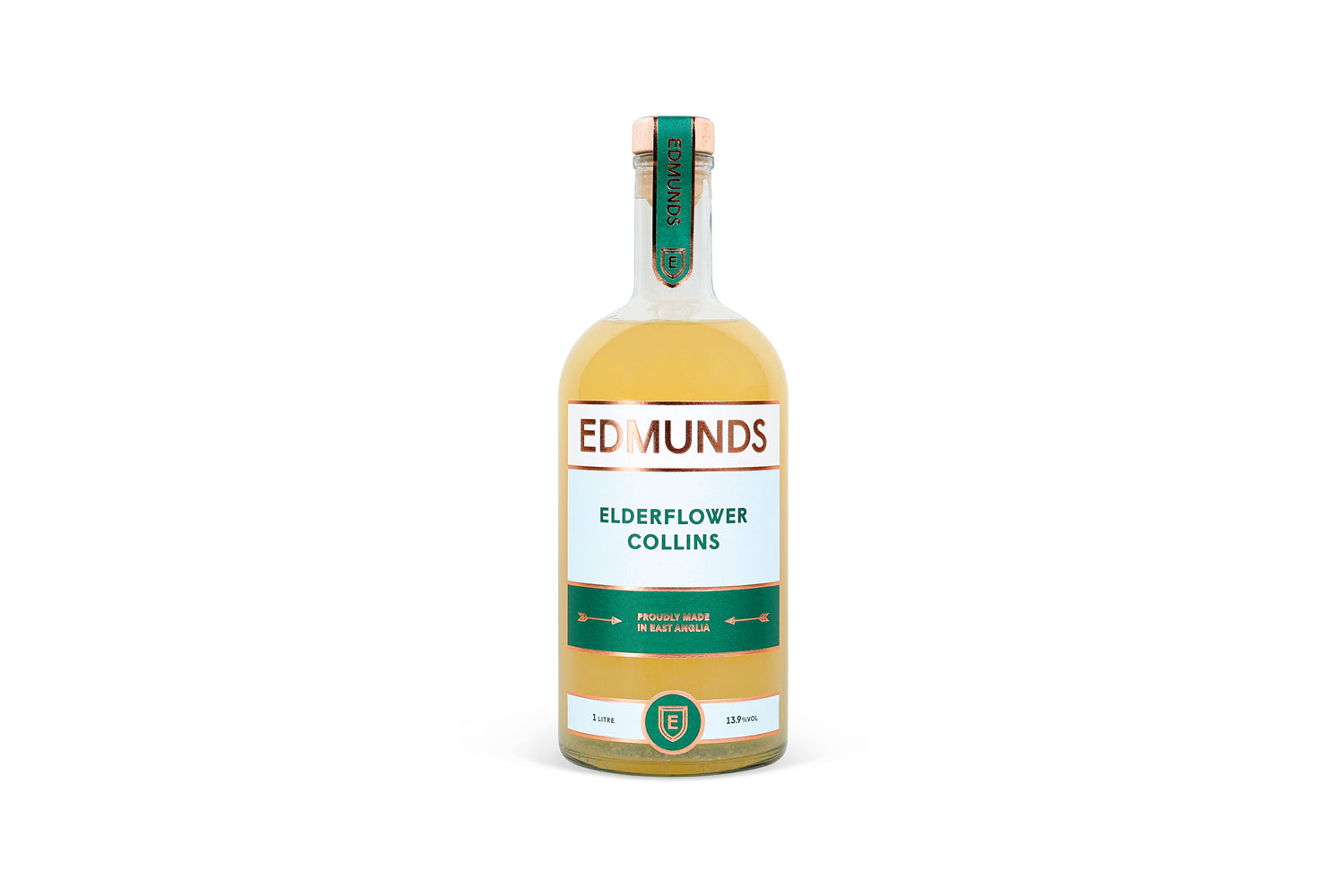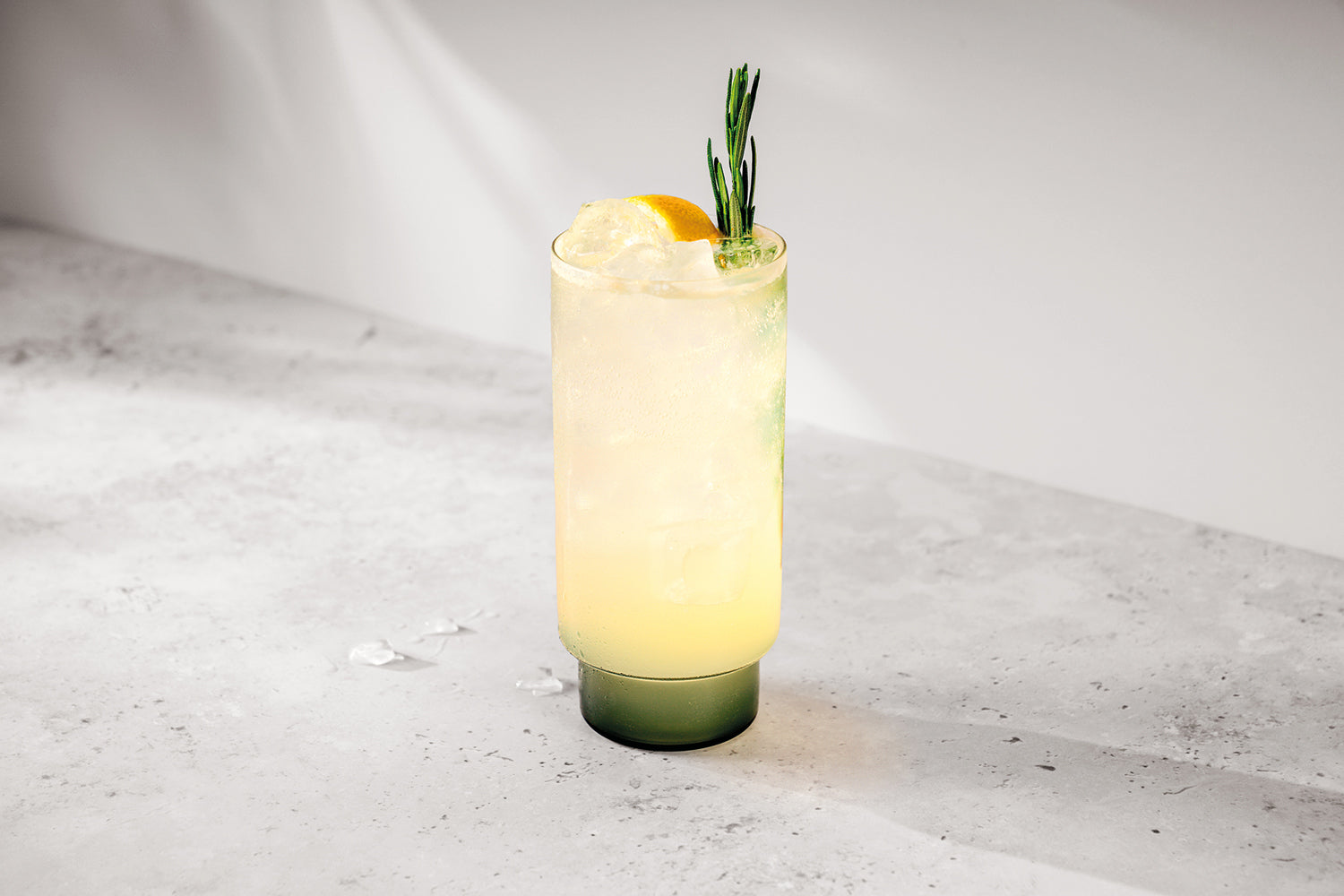Almost any drink that’s a combination of spirit with mixer – juice, soda, bitters, flavoured syrup – can be classed as a cocktail, from humble two-ingredient highballs, like the G&T, to multi-part masterpieces like the Zombie which can incorporate seven or eight elements. But wine, together with fortified and aromatised varieties, can also offer temptingly good but less-potent cocktail options.
Bring on the bubbles
Champagne is already a component of many cocktails at the lighter end of the spectrum, including brunch favourites like Buck’s Fizz (2 parts champagne to 1 of orange juice), Mimosa (equal parts champagne and OJ) and Bellini (think mimosa but swap the OJ for peach nectar). A classic champagne cocktail only requires the addition of a bitter-soaked sugar cube (and maybe the odd splash of cognac) to hit all the right notes.
It's worth exploring alternative, lower-ABV versions of traditional cocktails, too, by replacing spirits with bubbles.
For instance, the Negroni is a stone-cold cocktail classic. However, if you like its uniquely bitter/sweet flavour profile but occasionally fancy something lighter, you could try a Negroni Sbagliato – or ‘mistaken Negroni’, accidentally invented in the 1960s by Bar Basso proprietor Mirko Stochetto – which keeps the Campari and sweet vermouth elements of a traditional Negroni but swaps the gin for fizz.
It’s fair to say, though, that some of the most interesting champagne-based cocktails also include the addition of spirits – we’re looking at you, French 75 (with gin, sugar and lemon juice) – or a carefully chosen liqueur: step up to the plate, the wedding breakfast classic, Kir Royale.
It goes without saying that champagne could – and possibly should – be replaced with a less-rarefied sparkling wine such as Prosecco or crémant in most cocktails, given that it usually ends up playing a supporting, rather than a starring, role.
Win(e)ding down
Obviously, wine has been used in summer cocktails like sangria for decades, while mulled wine is always a festive favourite. But, the growing popularity of drinks that are perfect for ‘aperitivo’ has led to a fresh interest in using wine – including aromatised and fortified versions – in cocktails.
Traditionally, these pre-dinner drinks have a low ABV and are designed to stimulate the appetite. In practice, the term can cover a wide range of options, from an Aperol spritz or Kir Royale to a glass of pastis or dry sherry. Aromatised wines can often make the best cocktail bases, too. Macerated with herbs, spices and other aromatics, they usually contain additional alcohol to give them a higher ABV – and longer shelf life – than wine but much less than spirits.
Vermouth is the best-known of the aromatised wines and has a slightly bitter bite, thanks to the inclusion of wormwood. But other options include the quinquinas which contain cinchona bark and americanos (gentian root) – such as Dubonnet and Cocchi Americano.
Build a cocktail
You can enjoy an aromatised wine in much the same way you’d take a glass of port or sherry – although many benefit from being chilled. It’s easy to turn them into a more refreshing option by adding a splash of soda and ice.
The most well-known use for dry vermouth is in a Martini (James Bond favoured Kina Lillet in his Vesper) and for sweet vermouth, a Negroni. But there are tonnes of lighter cocktails that showcase its subtle flavours, including an Americano (a Negroni but with soda water subbed for gin) and a Vermouth Cassis – a blend of dry vermouth and crème de cassis, topped with ice and soda.
Lillet Blanc – the successor to the now-retired Kina Lillet – is made from Bordeaux grapes and offers a sweet and floral flavour profile that pairs perfectly with peaches and apples in a white sangria. Cin Cin!


